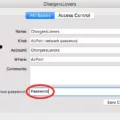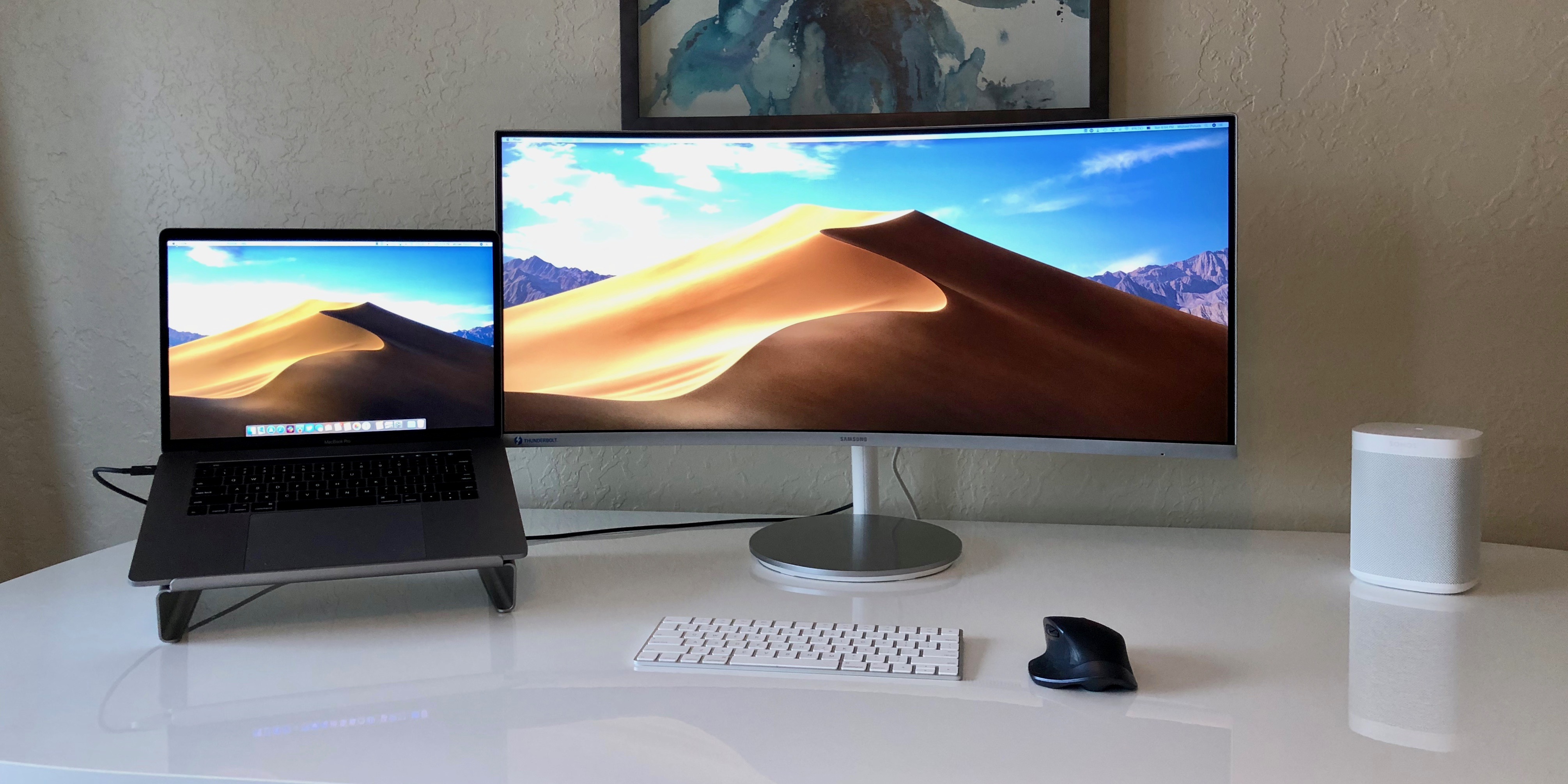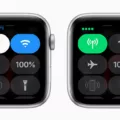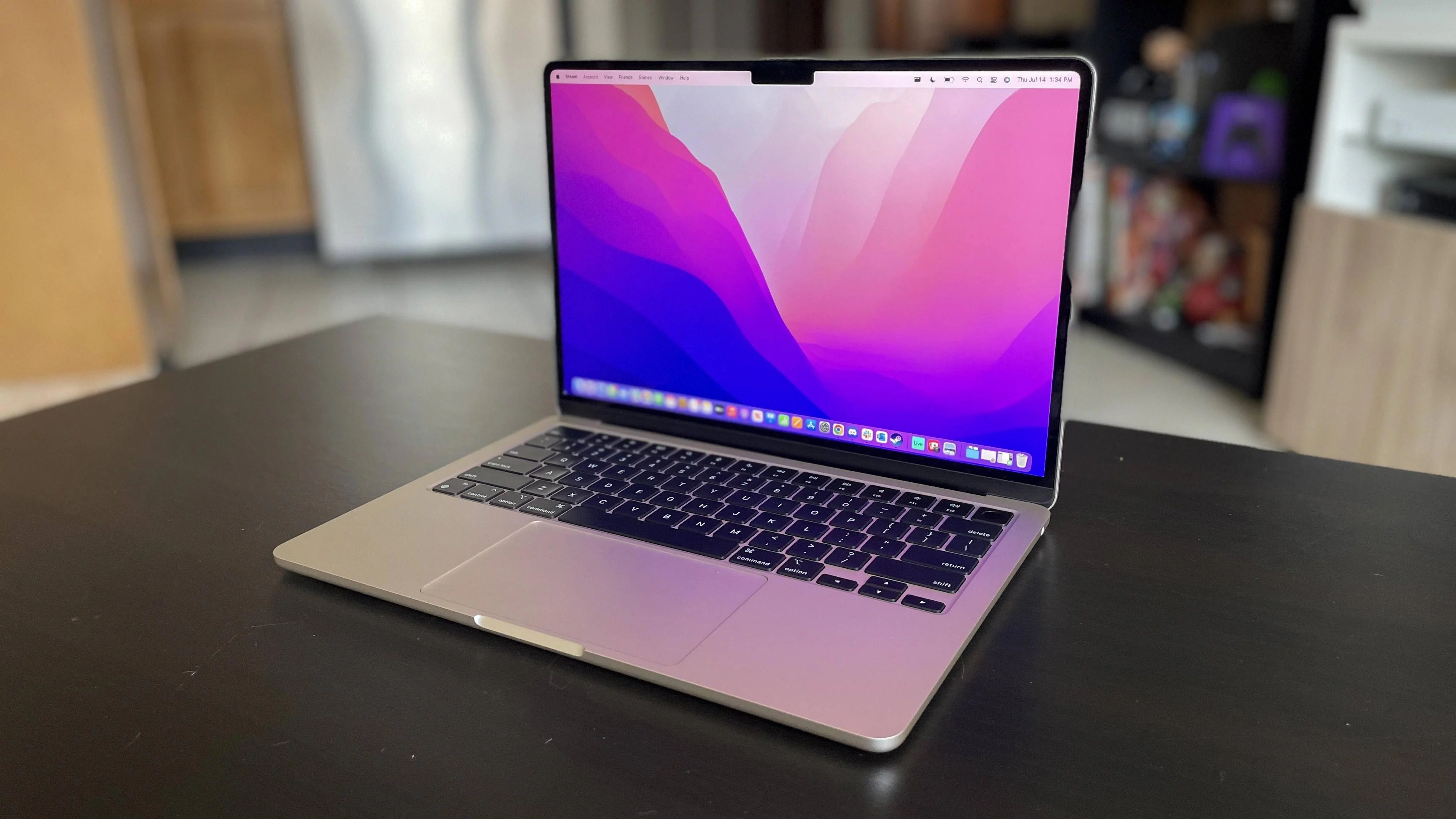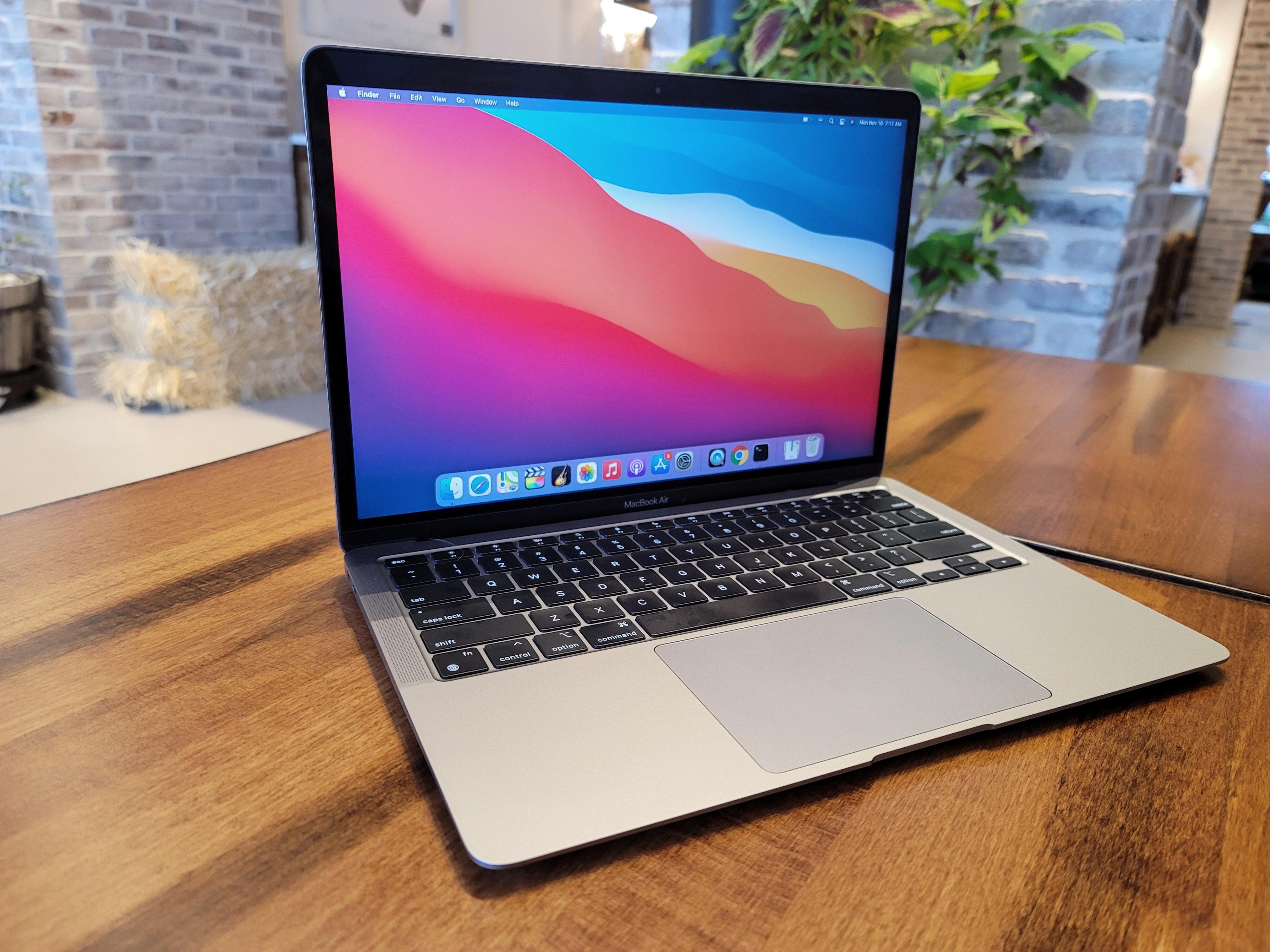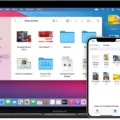The Magic Mouse 2 is a sleek and innovative accessory designed by Apple. It offers a seamless and intuitive user experience with its multi-touch surface and wireless capabilities. However, like any electronic device, it may encounter issues that require a reset to resolve. In this article, we will guide you through the process of resetting your Magic Mouse 2.
Step 1: Turn the device off and on
To initiate the reset process, start by turning off your Magic Mouse 2. Locate the switch on the bottom of the device and slide it to the “Off” position. Wait a few seconds, then slide the switch back to the “On” position to power it back on. This simple step can often resolve minor connectivity issues.
Step 2: Make sure Bluetooth is turned on
The Magic Mouse 2 connects to your Mac via Bluetooth, so it’s essential to ensure that Bluetooth is turned on. Using your Mac’s built-in trackpad or a USB mouse, navigate to the Apple menu () in the top-left corner of your screen. From the dropdown menu, select “System Preferences” and click on “Bluetooth.” Make sure the Bluetooth option is toggled on.
Step 3: Connect the Lightning cable
If the previous steps didn’t solve the issue, try connecting your Magic Mouse 2 to your Mac using the included Lightning cable. Plug one end of the cable into the Lightning port on the bottom of the mouse and the other end into a USB port on your Mac. This will establish a direct connection and can help troubleshoot any wireless connectivity problems.
Step 4: Check for wireless interference
Wireless interference from other devices can sometimes disrupt the connection between your Magic Mouse 2 and your Mac. Move any wireless devices (such as routers, cordless phones, or other Bluetooth devices) away from your Mac and mouse to minimize interference. Additionally, ensure that there are no physical obstructions blocking the line of sight between the mouse and your Mac.
Step 5: Reset your Magic Mouse 2
If you’ve followed the previous steps and the issue persists, it may be necessary to perform a reset of your Magic Mouse 2. This will restore the mouse to its original factory settings. To reset the mouse, press and hold the button on the bottom of the device until the green LED on the top turns off. Then, release the button and press it again until the green LED reappears. Your Magic Mouse 2 should now be reset and ready to connect to your Mac.
The Magic Mouse 2 is a versatile and user-friendly accessory, but occasional issues may arise. By following the steps outlined in this article, you can troubleshoot and resolve most problems with your Magic Mouse 2. Remember to turn the device off and on, ensure Bluetooth is enabled, connect the Lightning cable if needed, check for wireless interference, and perform a reset if necessary. With these troubleshooting techniques, you can maintain a seamless and efficient experience with your Magic Mouse 2.
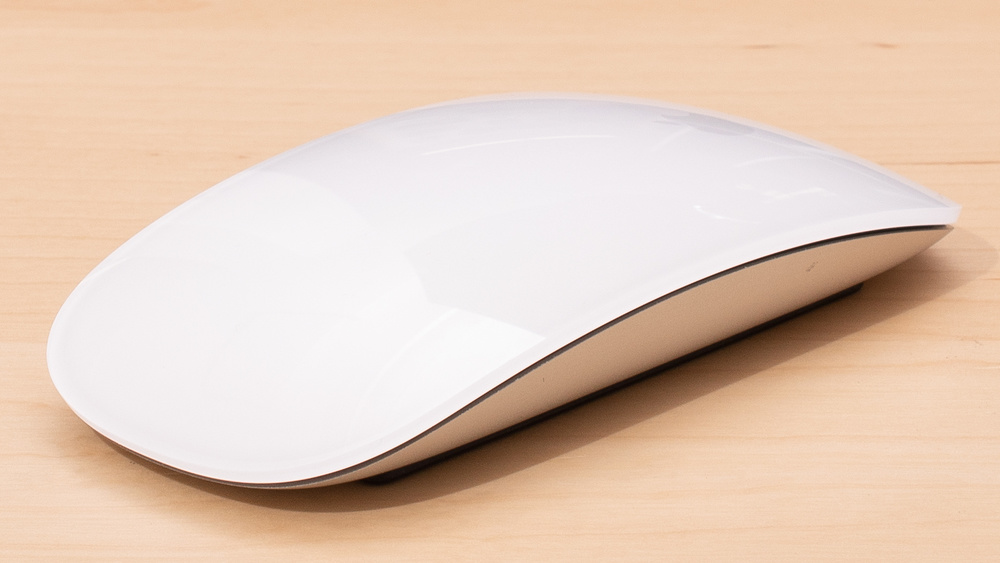
How Do You Fix An Unresponsive Magic Mouse?
To resolve issues with an unresponsive Magic Mouse, you can follow these steps:
1. Check the power: Ensure that the Magic Mouse has sufficient battery power. If it’s a rechargeable model, connect it to a power source or replace the batteries.
2. Turn it off and on: Switch the Magic Mouse off by flipping the switch on the bottom, and then turn it back on after a few seconds. This can help reset the connection.
3. Check Bluetooth settings: Make sure that Bluetooth is enabled on your device. On a Mac, go to the Apple menu, select System Preferences, and click on Bluetooth. Ensure that the Bluetooth option is turned on.
4. Reconnect the Magic Mouse: If the Bluetooth connection is lost, you can try to reconnect the Magic Mouse. Go to the Bluetooth settings on your device, find the Magic Mouse in the list of devices, and click on Connect or Pair.
5. Clean the mouse surface: Sometimes, dirt or debris on the surface of the Magic Mouse can interfere with its functionality. Use a clean cloth or a cotton swab lightly moistened with water to gently clean the surface.
6. Restart your device: If the above steps don’t work, try restarting your device. This can help refresh the system and resolve any software conflicts.
7. Update software: Ensure that your device’s operating system and any relevant drivers or software are up to date. Check for updates in the system settings or on the manufacturer’s website.
8. Reset the SMC: On a Mac, you can try resetting the System Management Controller (SMC), which controls various hardware functions. Consult Apple’s support website for instructions specific to your model.
9. Test on another device: If possible, test the Magic Mouse on a different device to determine if the issue is with the mouse or your device. If it works on another device, the problem may lie with your original device.
10. Contact support: If none of the above steps resolve the issue, it may be necessary to contact Apple support or the manufacturer for further assistance or possible replacement.
Remember, these steps are general troubleshooting suggestions, and the specific instructions may vary depending on your device and operating system.
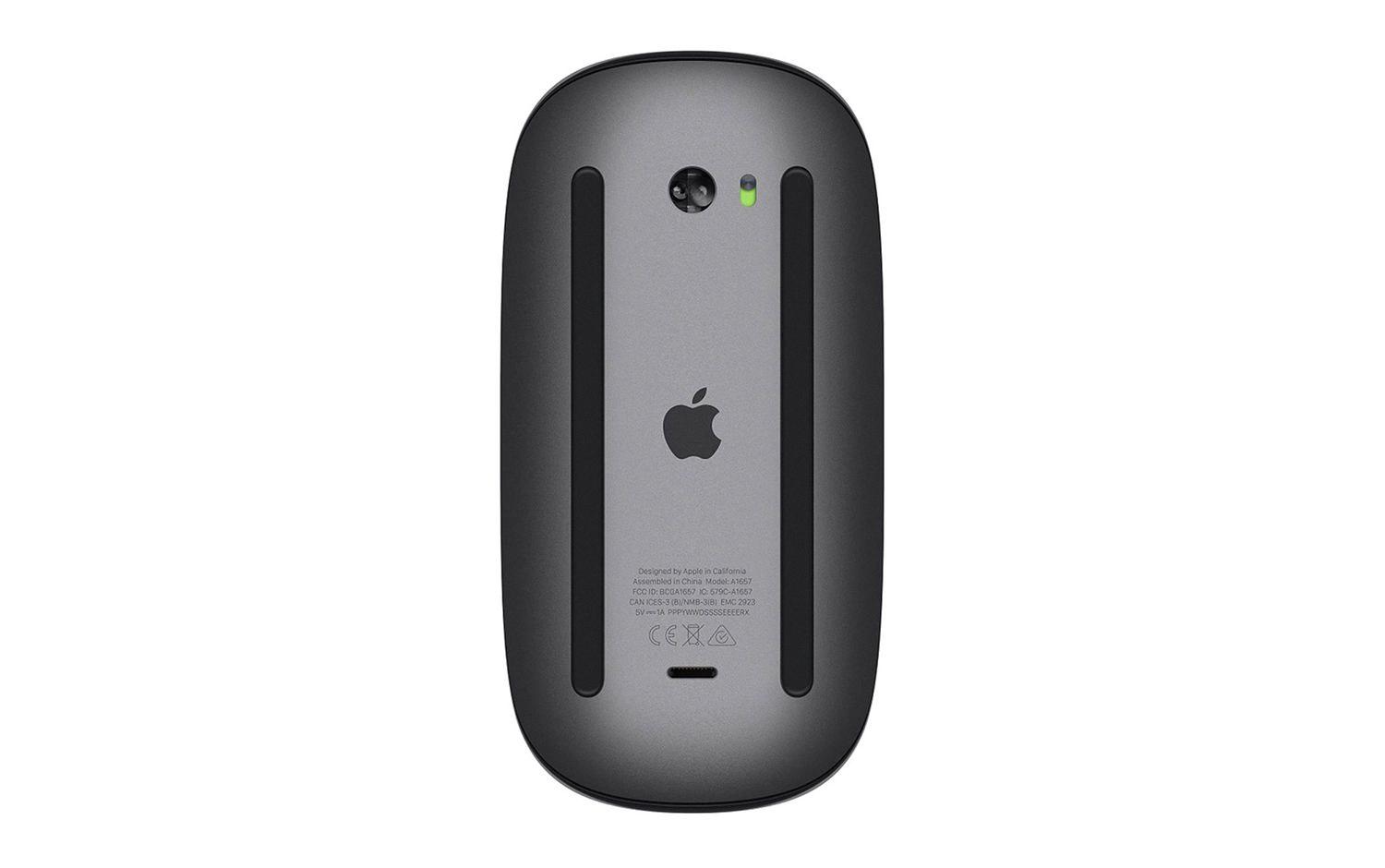
How Do You Reset Your Magic Mouse On Your Mac?
To reset your Magic Mouse on your Mac, follow these steps:
1. Locate the power button on the underside of the Magic Mouse.
2. Press and hold the power button until the green LED on the top of the device turns off. This may take a few seconds.
3. Once the LED turns off, release the power button.
4. Now, press the power button again and hold it until you see the green LED light up. This indicates that the device has been turned on.
5. Your Magic Mouse is now reset and ready to use.
It’s important to note that resetting your Magic Mouse will not erase any of your personal settings or data on your Mac. It simply restarts the mouse’s connection with your computer.
If you are still experiencing issues with your Magic Mouse after the reset, you may want to try troubleshooting methods such as checking for software updates, ensuring Bluetooth is enabled on your Mac, or even replacing the batteries in the Magic Mouse if necessary.
Remember, these steps are specifically for resetting the Magic Mouse on a Mac. If you are using a different operating system or a different model of mouse, the process may vary.
Why is Your Magic Mouse 2 Not Connecting?
There may be several reasons why your Magic Mouse 2 is not connecting. Here are some possible causes and troubleshooting steps you can try:
1. Check Bluetooth: Ensure that Bluetooth is turned on by going to Apple menu > System Preferences > Bluetooth. If it’s off, toggle the switch to turn it on.
2. Mouse Battery: Make sure your Magic Mouse 2 has sufficient battery power. If the battery is low, the mouse may not connect. Charge the mouse using the Lightning to USB cable and wait for it to fully charge before attempting to connect again.
3. Mouse Reset: Resetting the mouse can sometimes resolve connectivity issues. To reset the Magic Mouse 2, turn it off, then back on by flipping the switch at the bottom of the mouse. Alternatively, you can disconnect and reconnect the Lightning to USB cable.
4. Remove Device: If you previously paired the Magic Mouse 2 with your Mac, try removing the device from the Bluetooth settings and re-pairing it. Go to Apple menu > System Preferences > Bluetooth, find the mouse in the list of devices, and click the “X” next to it to remove. Then, follow the pairing instructions provided with the mouse to connect it again.
5. Restart Mac: Sometimes, a simple restart can help resolve connectivity issues. Restart your Mac and try connecting the mouse again.
6. Software Updates: Ensure that your Mac and mouse are running the latest software updates. Go to Apple menu > System Preferences > Software Update and check for any available updates. Install them if necessary.
If none of these troubleshooting steps work, you may want to contact Apple Support or visit an authorized service provider for further assistance.
How Do You Put Your Magic Mouse 2 in Pairing Mode?
To put your Magic Mouse 2 in pairing mode, follow these steps:
1. Turn on your Mac and go to the Apple menu () located in the top-left corner of the screen.
2. From the drop-down menu, select “System Preferences” (or “System Settings” on older versions of macOS).
3. In the System Preferences window, click on “Bluetooth.” This will open the Bluetooth preferences panel.
4. Make sure that Bluetooth is turned on by checking the box labeled “Turn Bluetooth On” if it’s not already enabled.
5. On your Magic Mouse 2, ensure that it has sufficient charge or is connected to a power source via the Lightning cable.
6. Press and hold the power button on the bottom of the Magic Mouse 2 until the green LED light turns on.
7. In the Bluetooth preferences panel on your Mac, you should see the Magic Mouse 2 listed under “Devices.”
8. Click on the Magic Mouse 2 in the list of devices to select it.
9. Click on the “Connect” button next to the Magic Mouse 2. This will initiate the pairing process.
10. Once the pairing is successful, you will see a message confirming the connection. The Magic Mouse 2 is now ready to use with your Mac.
It’s worth noting that the Magic Mouse 2 will automatically pair with your Mac if it has been previously connected to the same device. However, if you’re connecting it to a new Mac or experiencing any issues, following the steps above should help you put the Magic Mouse 2 in pairing mode successfully.
Conclusion
The Magic Mouse 2 is a sleek and innovative accessory that enhances the user experience on Mac devices. It offers a range of features and functionalities that make navigation and control effortless. However, like any electronic device, it may encounter issues from time to time.
If you are experiencing problems with your Magic Mouse 2, there are several troubleshooting steps you can take. Firstly, ensure that the device is turned off and then on again. This can be done by using the switch located on the bottom of the mouse.
Next, check if Bluetooth is turned on. You can do this by going to the Bluetooth settings on your Mac device and ensuring that the Bluetooth option is enabled. If it is not, simply toggle the switch to turn it on.
If the issue persists, you can try connecting the Magic Mouse 2 to your Mac device using the Lightning cable. This can help resolve any wireless connectivity issues that may be causing the problem.
Additionally, it is important to check for any wireless interference that may disrupt the connection between the mouse and your Mac device. Move any potential sources of interference, such as other electronic devices or nearby routers, away from the mouse and your computer.
If all else fails, you can try resetting the Magic Mouse 2. This can be done by holding down the button on the bottom of the mouse until the green LED turns off, and then pressing the button again until the green LED lights up. This should reset the device and potentially resolve any persistent issues.
The Magic Mouse 2 is a highly sophisticated and advanced accessory that may encounter occasional issues. By following these troubleshooting steps, you can effectively resolve most common problems and continue enjoying the seamless and intuitive navigation experience it offers.


